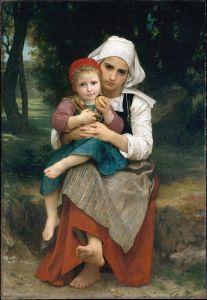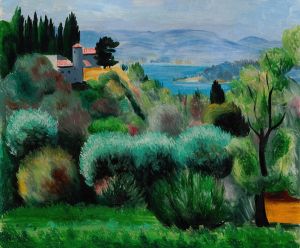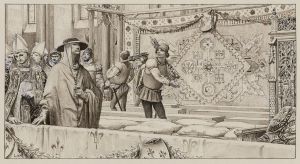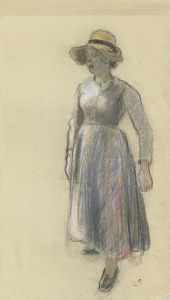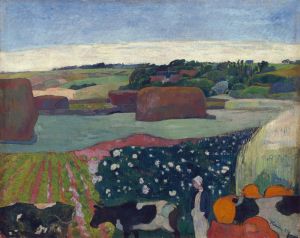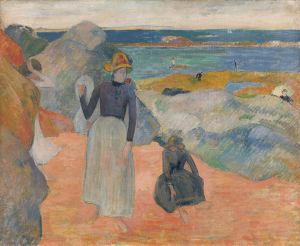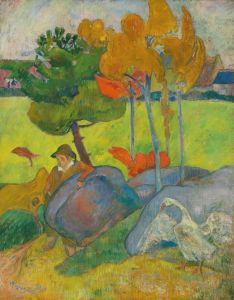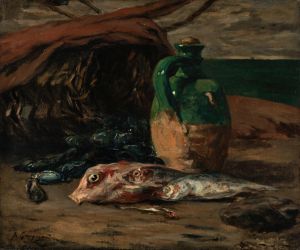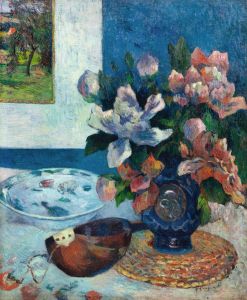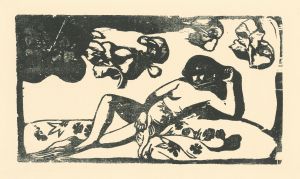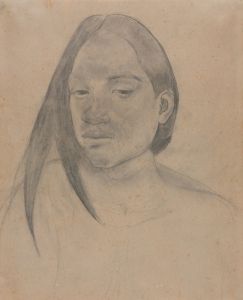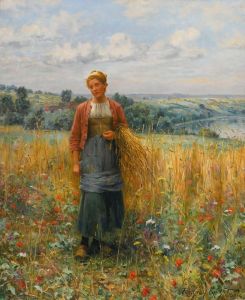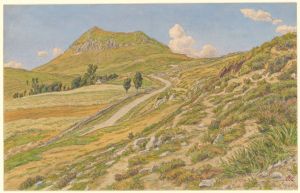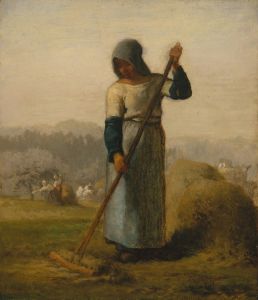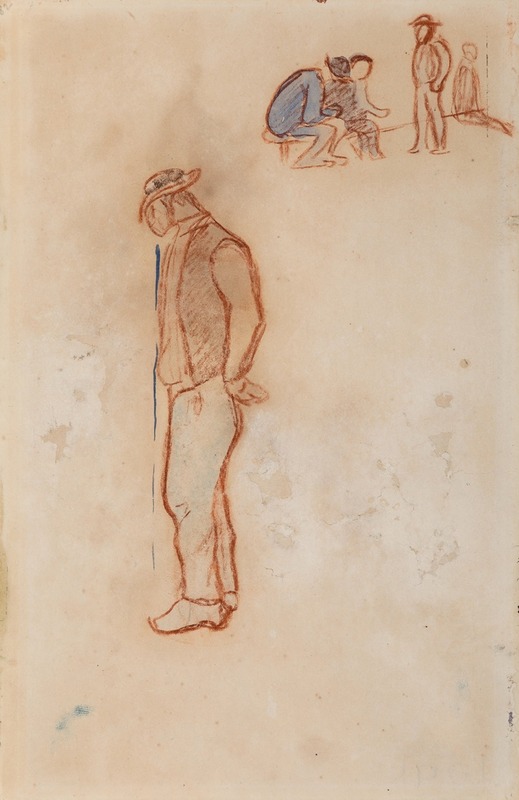
Paysan Breton
A hand-painted replica of Paul Gauguin’s masterpiece Paysan Breton, meticulously crafted by professional artists to capture the true essence of the original. Each piece is created with museum-quality canvas and rare mineral pigments, carefully painted by experienced artists with delicate brushstrokes and rich, layered colors to perfectly recreate the texture of the original artwork. Unlike machine-printed reproductions, this hand-painted version brings the painting to life, infused with the artist’s emotions and skill in every stroke. Whether for personal collection or home decoration, it instantly elevates the artistic atmosphere of any space.
Paul Gauguin's Paysan Breton (translated as Breton Peasant) is a painting created during the artist's time in Brittany, France. Gauguin, a leading figure of Post-Impressionism, spent several periods in Brittany during the late 19th century, particularly in the village of Pont-Aven, where he sought inspiration from the region's rural landscapes, traditional culture, and people. This painting reflects his interest in capturing the simplicity and spirituality of Breton life.
The artwork depicts a Breton peasant, a subject that Gauguin frequently explored during his time in the region. The figure is dressed in traditional Breton attire, which was a common motif in Gauguin's works from this period. The painting is characterized by Gauguin's use of bold colors, simplified forms, and a focus on the emotional and symbolic aspects of the subject rather than strict realism. These stylistic choices align with the principles of Synthetism, an artistic approach that Gauguin helped develop, which emphasized the synthesis of form and color to convey deeper meanings.
Gauguin's time in Brittany was pivotal in his artistic development. He was drawn to the region for its perceived remoteness and the preservation of traditional ways of life, which he contrasted with the industrialization and modernity of Paris. The artist was also influenced by the local religious practices and folklore, elements that often found their way into his works. Paysan Breton is an example of how Gauguin sought to depict the spiritual and cultural essence of the Breton people.
The exact date of creation for Paysan Breton is not definitively documented, but it is generally associated with Gauguin's stays in Brittany during the late 1880s and early 1890s. During this time, he was part of the Pont-Aven School, a group of artists who shared an interest in experimenting with new artistic techniques and breaking away from the conventions of Impressionism.
The painting is held in a private collection, and as such, it is not as widely studied or exhibited as some of Gauguin's other works. However, it remains an important example of his exploration of rural themes and his development of a distinctive style that would influence modern art movements.
This brief overview provides a factual account of Paysan Breton based on available historical information. Further details about the painting's provenance or specific interpretations are limited due to its private ownership and relative obscurity compared to Gauguin's more famous works.





